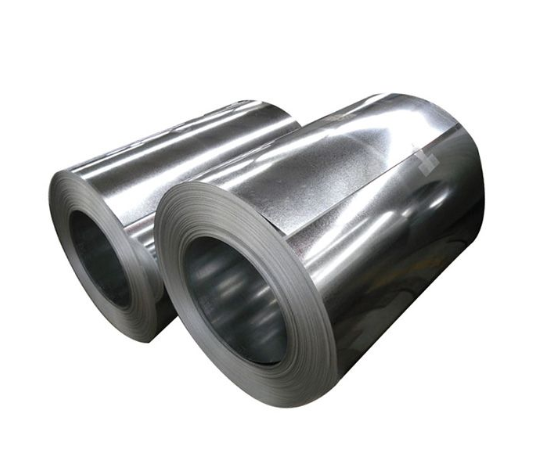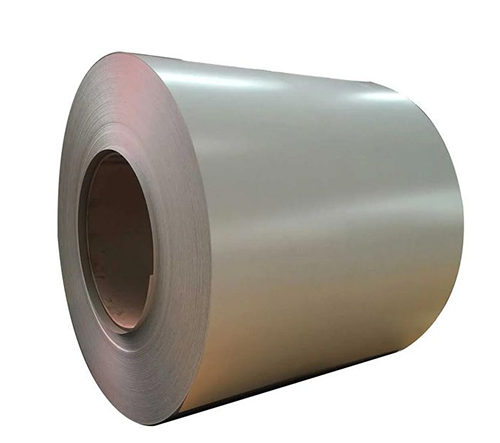Galvanized and galvalume steel coils are both widely used in the construction industry for roofing, siding, and other applications. While both are coated with a layer of zinc to protect against corrosion, there are some important differences between the two. In this article, we will discuss the differences between galvanized and galvalume steel coils in more detail.

Galvanized steel coils are made by coating steel with a layer of zinc. The process of galvanizing steel involves dipping the steel into a bath of molten zinc, which creates a layer of zinc coating on the surface of the steel. This layer of zinc acts as a barrier, protecting the steel from the elements and preventing it from rusting.

Galvalume steel coils, on the other hand, are made by coating steel with a mixture of zinc, aluminum, and silicon. This process is known as hot-dipping, and it creates a layer of zinc-aluminum alloy on the surface of the steel. The aluminum in the alloy provides additional corrosion resistance, while the silicon helps to improve the adhesion of the coating to the steel.
One of the main differences between galvanized and galvalume steel coils is their level of corrosion resistance. While both types of steel are designed to be corrosion-resistant, galvalume steel coils typically offer greater resistance than galvanized steel coils. This is because the aluminum in the coating provides an additional layer of protection against corrosion. Galvalume steel coils are often used in harsh environments where the steel is exposed to saltwater, acid rain, or other corrosive elements.
Another difference between galvanized and galvalume steel coils is their appearance. Galvanized steel coils have a shiny, silver-gray finish that is often used in applications where aesthetics are not a primary concern. Galvalume steel coils, on the other hand, have a matte, dull-gray finish that is more aesthetically pleasing. This makes galvalume steel coils a popular choice for roofing and siding applications where appearance is important.
In terms of cost, galvalume steel coils are typically more expensive than galvanized steel coils. This is because the process of creating a zinc-aluminum coating is more complex and requires more materials than the process of galvanizing steel. However, the additional cost of galvalume steel coils is often offset by their superior corrosion resistance and longer lifespan.
When it comes to application, galvanized and galvalume steel coils can be used in a wide range of applications. Both types of steel are commonly used in roofing, siding, gutters, and downspouts. However, galvalume steel coils are often preferred for applications where the steel will be exposed to harsh environmental conditions. For example, galvalume steel coils are often used in coastal areas where the steel is exposed to saltwater and high humidity.
In conclusion, both galvanized and galvalume steel coils have their own unique advantages and disadvantages. Galvanized steel coils are typically less expensive and offer good corrosion resistance, while galvalume steel coils offer superior corrosion resistance and a more aesthetically pleasing finish. When choosing between galvanized and galvalume steel coils, it is important to consider the specific requirements of the application and the environmental conditions that the steel will be exposed to.
If you want to know more information about galvanized and galvalume steel coils, please contact us. We will provide professional answers.